10 Best Adventures of 1942
By:
January 15, 2017
Seventy-five years ago, the following 10 adventures — selected from my Best Thirties (1934–1943) Adventure list — were first serialized or published in book form. They’re my favorite adventures published that year.
Please let me know if I’ve missed any 1942 adventures that you particularly admire. Enjoy!
- Helen MacInnes’s espionage adventure Assignment in Brittany. Bertrand Corlay, an injured Breton soldier, happens to look remarkably similar to Martin Hearne, an Englishman who works for British Military Intelligence — and who speaks fluent French. So Hearne is parachuted into occupied northern France, in the summer of 1940, with the assignment of passing information about German troop movements back to HQ. In order to avoid detection and capture, Hearne must fool not only Corlay’s mother, but his beautiful girlfriend. (There’s a romantic “Martin Guerre” aspect to Hearne’s adventure.) But the girlfriend turns out to be a secret Nazi sympathizer; and Corlay, it seems, was not what he claimed to be. Betrayal and violence ensue — and we grow to appreciate the grim camaraderie that arises among an occupied people. Also, we learn quite a bit about Breton language, customs, and history. Fun fact: Serialized in The Saturday Evening Post in 1942; the book was required reading for Allied intelligence agents sent to work with the French underground. Adapted as a movie, starring Jean-Pierre Aumont and Signe Hasso, in 1943.
- Peter Cheyney’s Lemmy Caution adventure Never a Dull Moment. Cheyney was a British pulp writer whose tongue-in-cheek imitations of American crime fiction were primarily popular in France; it’s almost metafiction — there’s a curious pleasure to be gained from reading this sort of thing. (“Some wise guy — Confucius or somebody — said there was nothin’ like the truth, which is a thing that I believe in — sometimes.”) In this, the eighth Lemmy Caution novel, Caution — a brutal FBI agent is investigating the kidnapping of Julia Wayles, an American who’s being held in England by American mobsters. But was Wayles really kidnapped? Are the mobsters really mobsters? Nothing is as it seems. Is this a crime adventure or an espionage adventure? One thing is for certain: there are dangerous dames and two-bit punks, and Caution knows how to deal with them. Fun fact: Starting in 1953, the Lemmy Caution adventures were adapted into over a dozen European films, most of them French — and all of them starring the craggy Eddie Constantine as the titular tough guy.
- Leslie Charteris’s Simon Templar adventure The Saint Steps In (serialized 1942; as a book, 1943). The 11th Saint novel is not a crime adventure, but an espionage thriller. As part of the war effort, Simon Templar has started working as an undercover operative for the US Government. In Washington, D.C., a young woman whose father has invented a new form of synthetic rubber receives a threatening note. She requests Templar’s aid; and he is drawn into a web of war-related intrigue. The Saint is middle-aged, now, a bit tired and world-weary, and perhaps more cruel than he was in his early adventures. But he still loves adventure — and hates bullies and stupid people… all of whom he finisher, as he struggles to determine whether he’s dealing with Nazi gangsters, fifth columnists, or just people who have different opinions as to what it means to be patriotic. Fun fact: First published in Liberty magazine in four parts starting November 7, 1942.
- Hergé’s Tintin adventure Le Secret de La Licorne (The Secret of the Unicorn, serialized 1942; as a color album, 1943). While browsing a market in Brussels, Tintin purchases an antique model ship for Captain Haddock. Haddock is delighted with the gift; it’s a model of the Unicorn, a 17th century ship commanded by his ancestor, Sir Francis Haddock. The ship is stolen, but Tintin discovers a miniature scroll which had been hidden inside its mainmast. Haddock tells Tintin the story of Sir Francis’s battle with the pirate Red Rackham; could the scroll be a clue to the whereabouts of Red Rackham’s lost treasure? That’s what the Bird brothers, unscrupulous antique dealers who own another model of the Unicorn, believe; so they kidnap Tintin! I was obsessed with this Tintin adventure, as a child. Fun fact: Jules Verne’s 1867 story, The Children of Captain Grant, in which three hidden scrolls contain clues to a treasure, was an inspiration. In 2011, Steven Spielberg directed a motion capture feature film based partly on The Secret of the Unicorn.
- Raymond Chandler’s crime adventure The High Window. In his third novel-length outing, private investigator Philip Marlowe is hired to recover a rare doubloon that’s gone missing. Was it stolen by the victim’s son — who owes a large sum of money to a nightclub owner? Or was it stolen by the son’s estranged ex-wife, or by one of her suspicious friends? Why is another private eye tailing Marlowe? The other detective turns up dead… and so does a rare coin dealer. Marlowe finds a doubloon — but his client claims she has already recovered the missing coin! This is when things get really weird. Why did the client’s deceased husband fall out of a high window? Why are people taking credit for crimes they didn’t commit? Fun fact: Other Marlowe novels include The Big Sleep (1939), Farewell, My Lovely (1940), The Lady in the Lake (1943), The Little Sister (1949), and The Long Goodbye (1953). The High Window novel was adapted, by director Herbert I. Leeds, as the 1942 movie Time to Kill — starring Lloyd Nolan and Heather Angel.
- Nevil Shute’s hunted-man adventure Pied Piper. One of my favorite Shute adventures! John Howard, a 70-year-old Englishman vacationing in France in 1940, decides to cut his fishing trip short when Hitler’s forces invade (German forces occupied Paris in June of that year). Howard agrees to take two English children with him. But as the situation in France grows desperate, trains stop running, roads become clogged with refugees, and other children — French, Dutch, Polish — join in Howard’s little band. We learn that Howard is a widower, and that his son, an RAF pilot, was recently killed in action. Despite his own frailty and suffering, Howard remains patient with the quarrelsome, refractory children, and shepherds them to the coast… at which point the Germans catch up with them! Fun fact: Pied Piper was adapted, in 1942, as a movie starring Monty Woolley, Roddy McDowall and Anne Baxter.
- Enid Blyton’s treasure-hunt adventure Five on a Treasure Island. Twelve-year-old Julian, 11-year-old Dick and their sister, 10-year-old Anne, are sent to Kirrin Bay, in rural southern England, to spend the summer with their 12-year-old gender-nonconforming cousin Georgina (George). Aunt Fanny and Uncle Quentin allow the four children, not to mention George’s dog, to roam freely — which is why readers find these books enchanting, even now. Though George is surly at first, the cousins soon become friendly. The five explore Kirrin Island, which belongs to Aunt Fanny but has been promised to George when she gets older; there’s a ruined castle on it, and a shipwreck… which is flung up on the beach by a fierce storm. The kids find a treasure map, which Uncle Quentin sells to a sharp character — after which there’s a race to discover secret passages, the castle dungeon, and a chest of gold.Fun fact: The first book (of 21) in Blyton’s popular Famous Five series. Sequels include Five Go Adventuring Again (1943), Five Run Away Together (1944), and Five Go to Smuggler’s Top (1945). John Lennon’s “The Famous Five through Woenow Abbey,” an absurdist story appearing in In His Own Write (1964), was one of the earliest of many Famous Five parodies.
- Kenneth Fearing’s political thriller Clark Gifford’s Body. Paranoid political noir in an experimental fictional style! Clark Gifford, a disaffected politician in an unnamed, media-driven modern state, rallies a band of guerrillas to seize a few radio stations; they broadcast a call for freedom and rebellion. The government quickly puts down the insurrection — but twenty years of civil war ensue. The narrative skips around in time — before, during, and (long) after the radio-station attacks. Newspaper clippings, magazine think-pieces, and court transcripts are interspersed with the voices of politicians, military officers, businessmen, journalists, participants in the attack, soldiers — in a pastiche that invites us to be suspicious of “fair and balanced” news coverage. Fun fact: Fearing is best known for his poetry, and for his 1946 existentialist crime thriller, The Big Clock. He was one of the founders of the leftist anti-Stalinist journal The Partisan Review.
- John Steinbeck’s WWII adventure The Moon is Down. Taken by surprise, a crucial mining town in northern Europe — presumably Norway — is overrun by an invading army. Colonel Lanser, the head of the invading battalion, seeks to rule the town under a veil of civility and law; but when a citizen is executed by firing squad, the townspeople begin to resist. (Although the text never names the occupying force as German, they’re from a nation at war with England and Russia.) The mine’s railroad and electricity generators are sabotaged; and occupying soldiers are picked off, one by one. English planes parachute-drop small packages containing dynamite sticks, to aid the resistance. The occupiers take the popular mayor hostage — but the mayor, inspired by the example of Socrates (which he remembers from a high-school play), is willing to be martyred in the name of freedom. Fun fact: A translation of The Moon is Down was circuited illegally, by the French Resistance, in Nazi-occupied France. Numerous other editions were secretly published across all of occupied Europe during the war.
- Isaac Asimov’s Golden Age sci-fi adventure Foundation (1942–1950; as a book, 1951). When I published a list of 101 Science Fiction Adventures at io9.com. I did not include a single Isaac Asimov title; and readers were outraged. In my defense, although it has its dramatic moments, Foundation, for example — a collection of interlinked short stories, the premise of which is that 50,000 years from now, an expert in “mathematical sociology” will have predicted the imminent fall of the Galactic Empire, and a dark age for humankind lasting 30,000 years… and that this interregnum can be shortened to a mere 1,000 years if a colony of talented artisans and engineers tasked with preserving and expanding on humanity’s knowledge is established at the extreme end of the galaxy — is mostly not an adventure. It’s a philosophical novel, bursting at the seams with dialogue and telling-not-showing. That said, I like it! It’s a fun think-piece. Fun fact: Originally a series of stories published in Astounding Magazine between May 1942 and January 1950. io9 included the book on its list of “10 Science Fiction Novels You Pretend to Have Read.” After 9/11, there was a pretty compelling theory floating around that Osama bin Laden was influenced by Asimov’s Foundation series when he founded Al Qaeda… whose moniker means “The Foundation.”
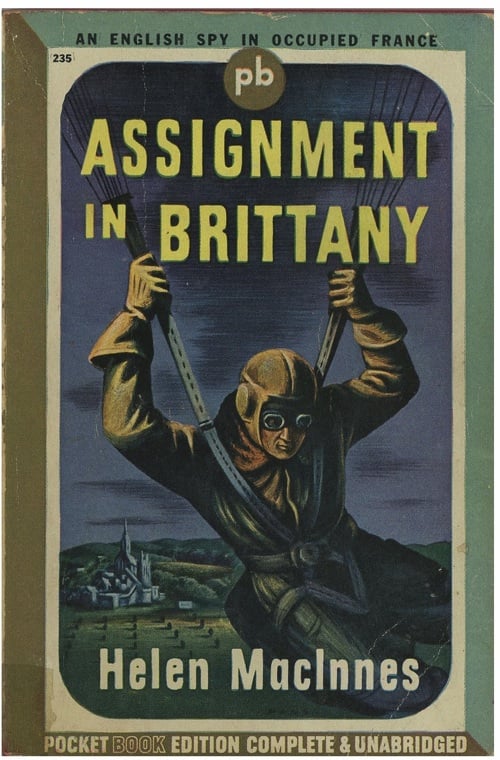
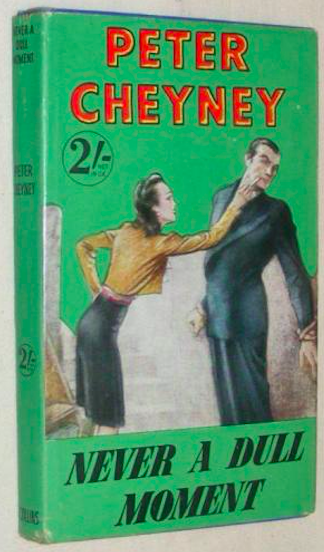
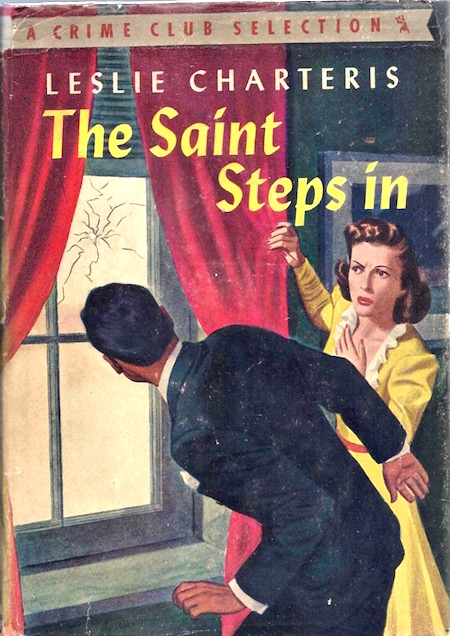
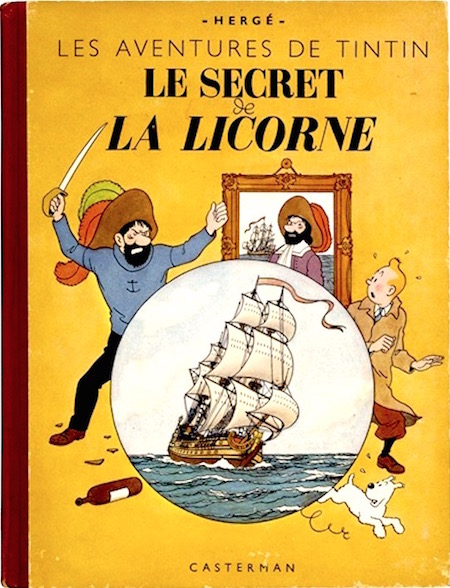
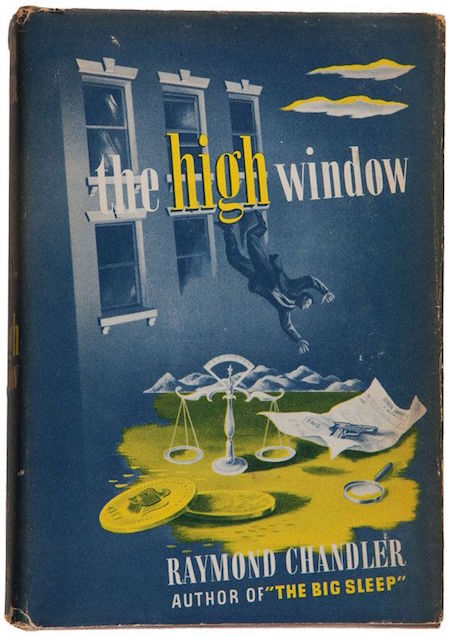

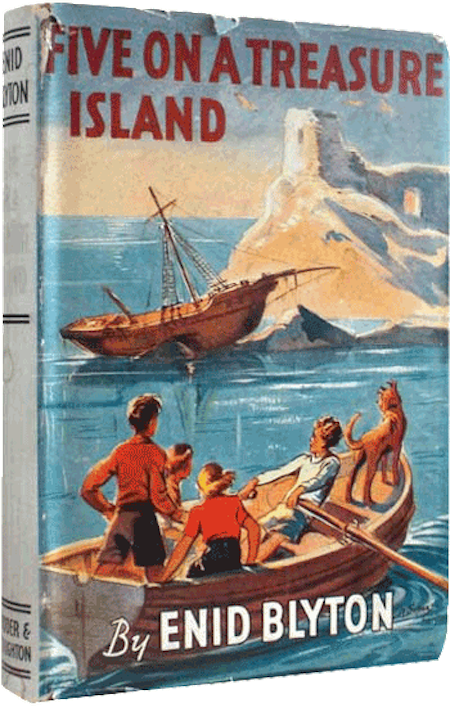
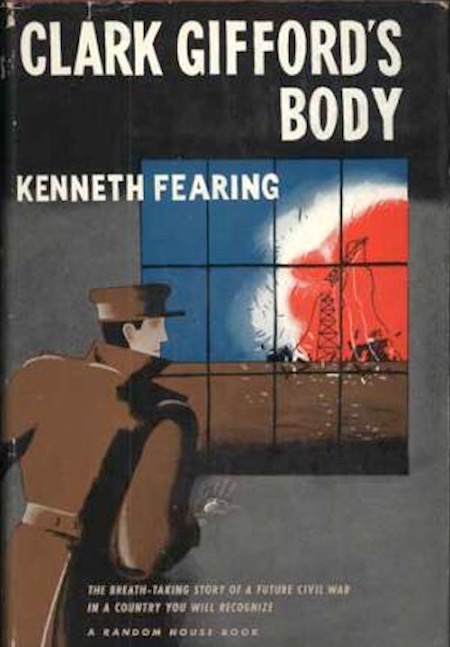
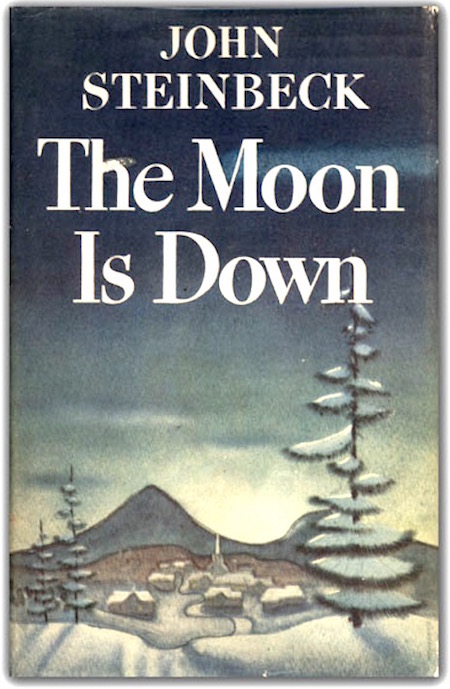
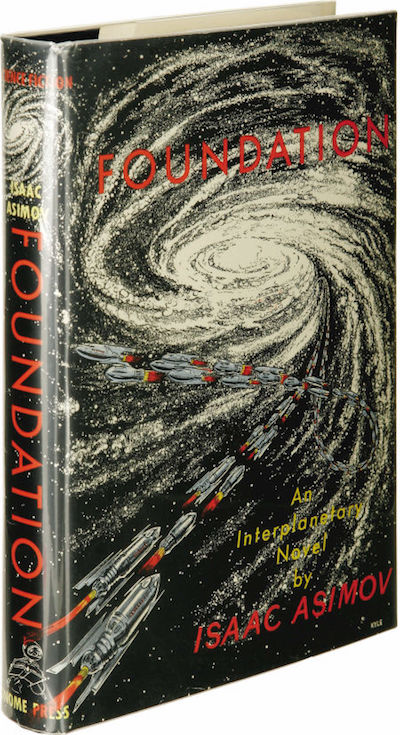
JOSH GLENN’S *BEST ADVENTURES* LISTS: BEST 250 ADVENTURES OF THE 20TH CENTURY | 100 BEST OUGHTS ADVENTURES | 100 BEST RADIUM AGE (PROTO-)SCI-FI ADVENTURES | 100 BEST TEENS ADVENTURES | 100 BEST TWENTIES ADVENTURES | 100 BEST THIRTIES ADVENTURES | 75 BEST GOLDEN AGE SCI-FI ADVENTURES | 100 BEST FORTIES ADVENTURES | 100 BEST FIFTIES ADVENTURES | 100 BEST SIXTIES ADVENTURES | 75 BEST NEW WAVE SCI FI ADVENTURES | 100 BEST SEVENTIES ADVENTURES | 100 BEST EIGHTIES ADVENTURES | 75 BEST DIAMOND AGE SCI-FI ADVENTURES | 100 BEST NINETIES ADVENTURES (in progress) | 1994 | 1995 | 1996 | 1997 | 1998 | 1999 | 2000 | 2001 | 2002 | 2003 | NOTES ON 21st-CENTURY ADVENTURES.
